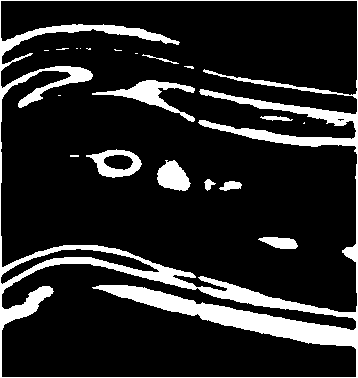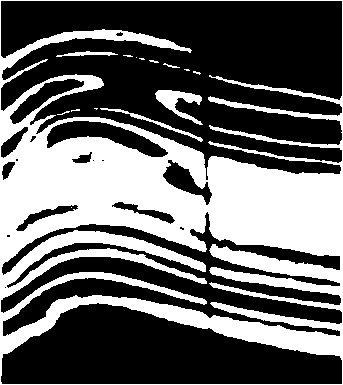Pattern recognition adaptive full waveform inversion method
A full waveform inversion and pattern recognition technology, applied in the field of oil and gas exploration, can solve the problems of large low-frequency components, low signal-to-noise ratio, and inability to obtain details of velocity model changes, etc., to reduce costs, reduce risks, and broaden the user market and the effect on economic value
- Summary
- Abstract
- Description
- Claims
- Application Information
AI Technical Summary
Problems solved by technology
Method used
Image
Examples
Embodiment Construction
[0033] In order to more clearly understand the above-mentioned purposes, features and advantages of the present invention, the following in conjunction with the attached Figure 1-6 The present invention is further described in detail with specific embodiments. It should be noted that, in the case of no conflict, the embodiments of the present application and the features in the embodiments can be combined with each other.
[0034] In the following description, many specific details are set forth in order to fully understand the present invention. However, the present invention can also be implemented in other ways different from those described here. Therefore, the protection scope of the present invention is not limited by the following disclosure. Limitations of specific embodiments.
[0035] The scheme of the present invention can be applied to oil and gas exploration, coal field survey, geothermal survey, hydrological survey, earthquake prediction and disaster prevention...
PUM
 Login to View More
Login to View More Abstract
Description
Claims
Application Information
 Login to View More
Login to View More - R&D
- Intellectual Property
- Life Sciences
- Materials
- Tech Scout
- Unparalleled Data Quality
- Higher Quality Content
- 60% Fewer Hallucinations
Browse by: Latest US Patents, China's latest patents, Technical Efficacy Thesaurus, Application Domain, Technology Topic, Popular Technical Reports.
© 2025 PatSnap. All rights reserved.Legal|Privacy policy|Modern Slavery Act Transparency Statement|Sitemap|About US| Contact US: help@patsnap.com



